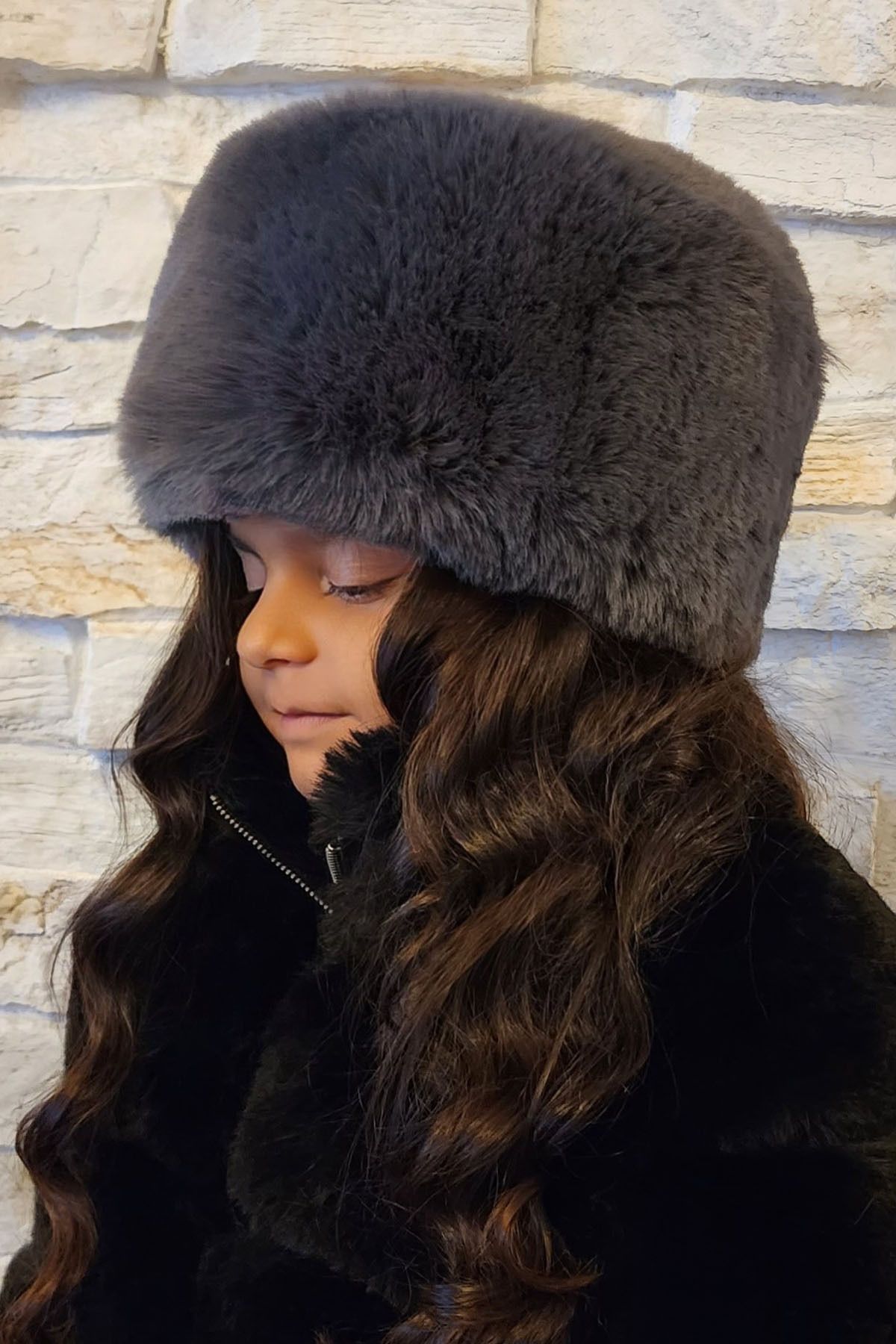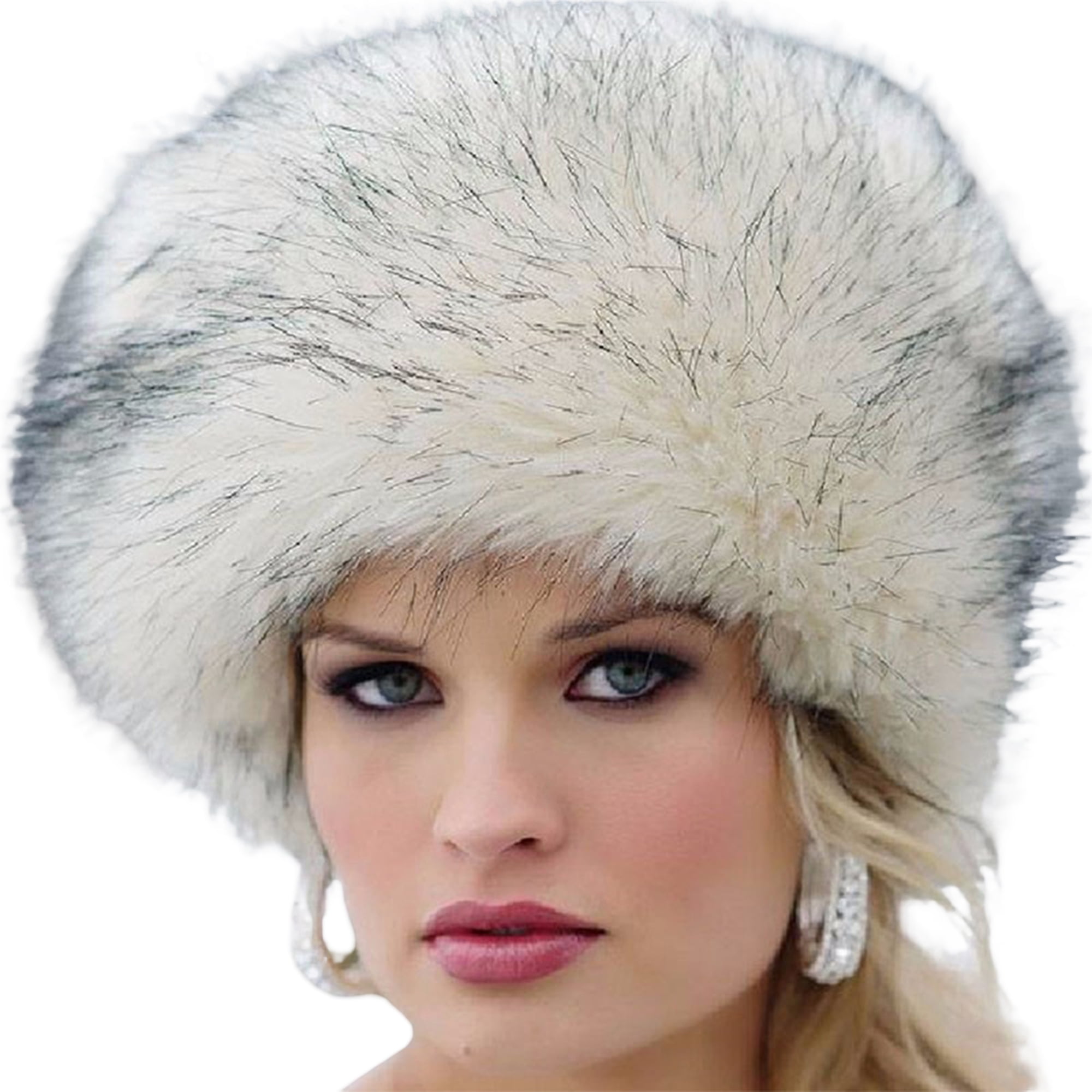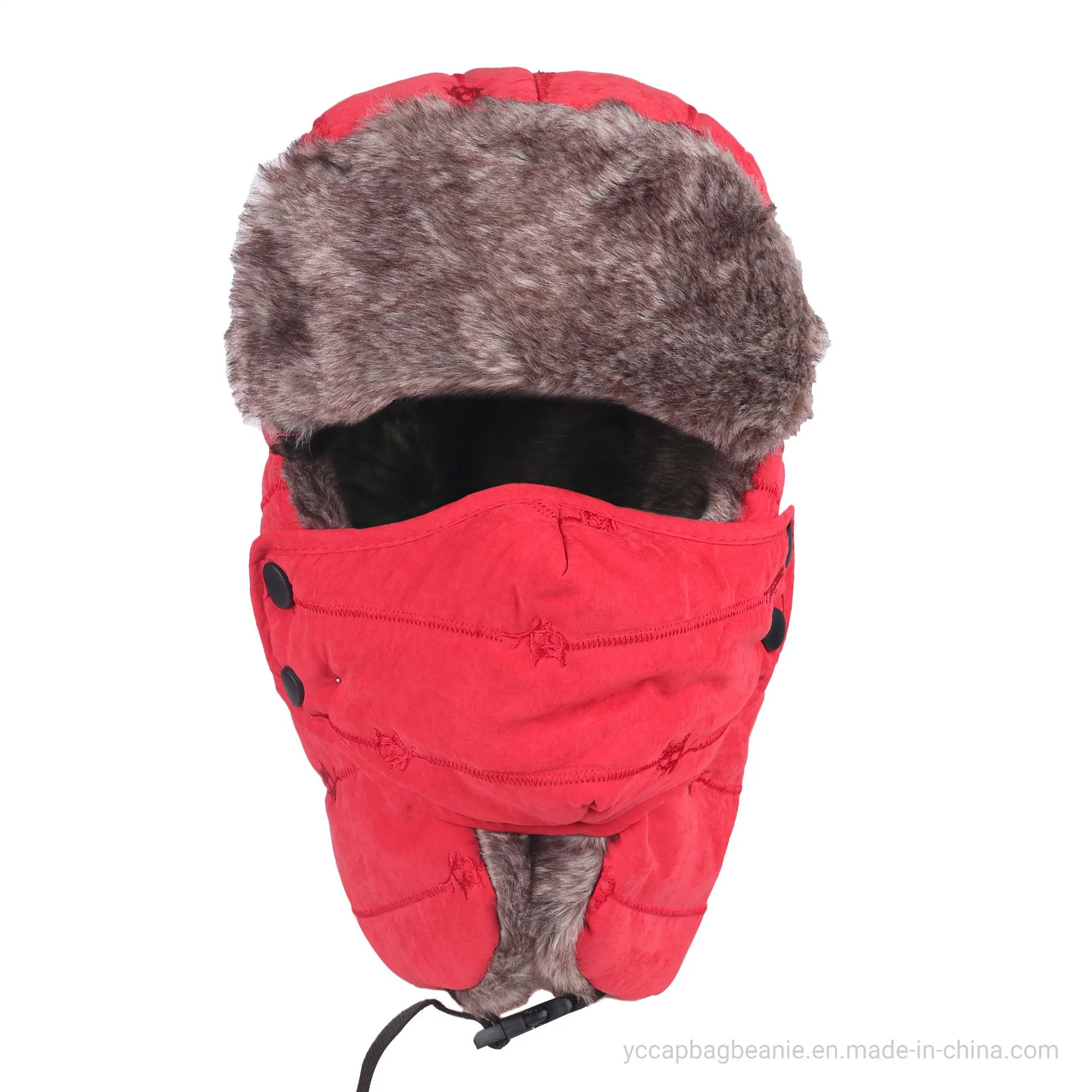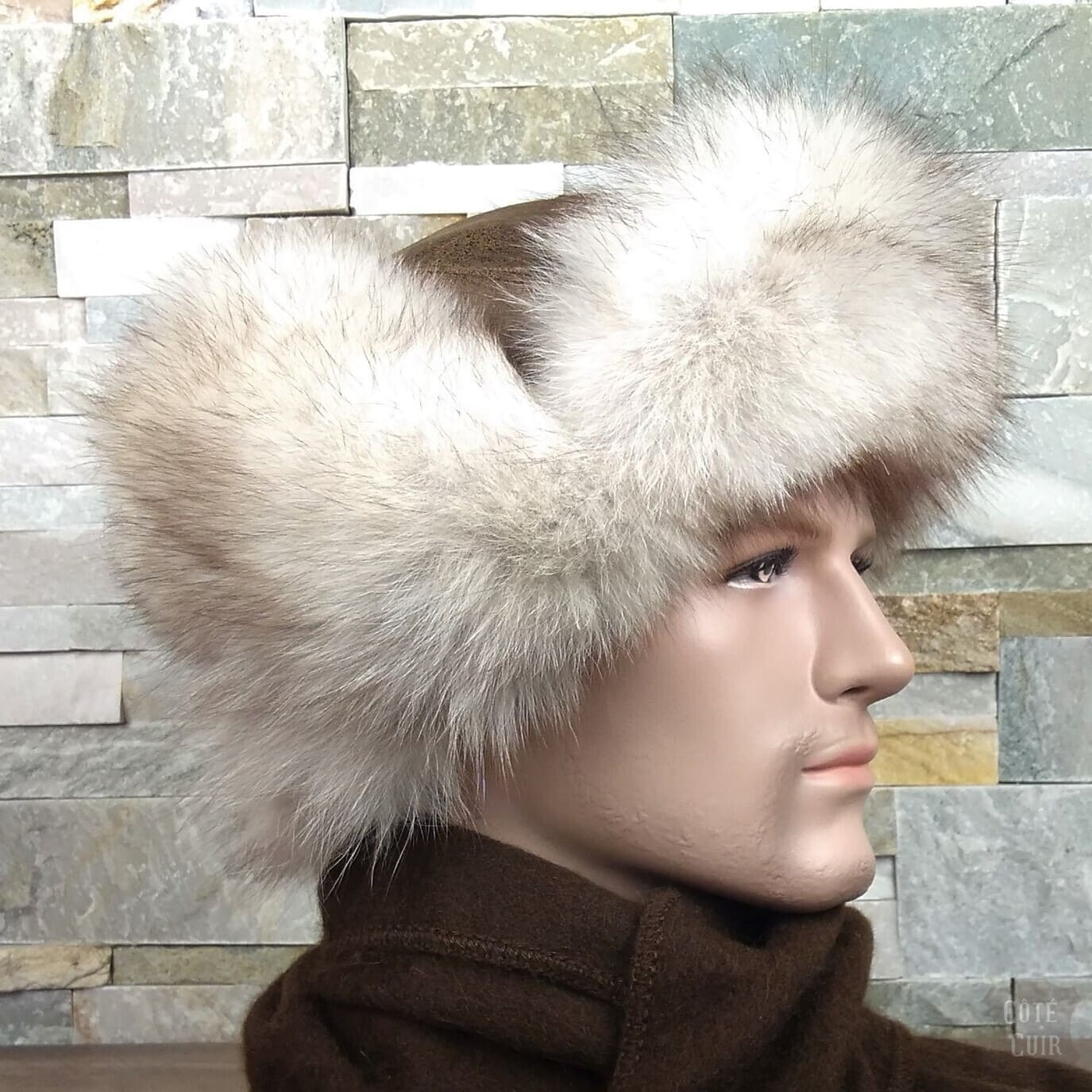Introduction
Russian hat name – The ushanka, a quintessential symbol of Russian culture and heritage, embodies both practicality and tradition in its design and usage. Known for its distinctive appearance, the ushanka has transcended its origins as a winter hat to become an iconic representation of Russian identity.

Origins and Design
The term “ushanka” comes from the Russian word “ушанка,” derived from “уши” (ears). Its design is characterized by a thick, fur-lined crown, ear flaps that can be tied up or down, and a chin strap for securing the hat in windy conditions. Originally crafted for harsh winter climates, particularly in Siberia and other cold regions of Russia, the ushanka’s design reflects centuries of adaptation to extreme weather conditions.
Traditional Materials
Traditionally, ushankas were made from natural materials suited to cold climates:
- Fur: The most common fur used is sheepskin or rabbit fur, providing warmth and insulation even in sub-zero temperatures.
- Textiles: In addition to fur, ushankas can also be made from textile materials like wool or cotton. These variations offer different levels of warmth and comfort, catering to various environmental conditions.
Cultural Significance
Beyond its practicality, the ushanka holds significant cultural value in Russia and other former Soviet states:
- Symbol of Russian Identity: The ushanka has become a cultural icon associated with Russian identity, often depicted in literature, art, and media as a representation of Russian resilience and endurance in the face of harsh winters.
Evolution and Modern Usage
In recent decades, the ushanka has evolved beyond its traditional role to become a fashionable and nostalgic item:
- Fashion and Style: Ushankas have gained popularity worldwide as fashion accessories, often seen in winter fashion collections and worn for their distinctive appearance and practical warmth.
- Cultural Iconography: Its presence in popular culture, including films, television shows, and international events, has solidified the ushanka’s status as a recognizable symbol of Russian culture and history.
Variations and Regional Differences
Throughout Russia and neighboring countries, variations of the ushanka exist, each reflecting local traditions and materials:
- Fur Types: Different regions may use varying fur types depending on availability and local customs, influencing the hat’s appearance and texture.
Practicality and Functionality
Despite its cultural symbolism, the ushanka remains highly functional in extreme weather conditions:
- Warmth and Insulation: The fur lining and ear flaps provide exceptional warmth, protecting the wearer from frostbite and cold winds during prolonged exposure to winter weather.
- Versatility: The design allows for versatility in wearing, with ear flaps that can be tied up for warmer weather or folded down to cover the ears and chin in freezing temperatures.
The Historical Journey of the Ushanka
The ushanka’s history dates back centuries, evolving from various types of headgear used by different ethnic groups across Russia and its neighboring regions.
The Soviet Era and Standardization
The ushanka became an integral part of Soviet military attire during World War II. The Soviet Red Army standardized the design, producing millions of ushankas for soldiers to withstand the brutal Russian winters. This period also saw the introduction of synthetic materials and mass production techniques, making the hats more widely available.
- Uniform Symbol: In the Soviet era, the ushanka was not just a practical piece of winter gear but also a symbol of unity and collectivism. It was worn by soldiers, workers, and officials, often adorned with the Soviet star insignia on the front.
- Cultural Propaganda: The image of soldiers wearing ushankas became ingrained in Soviet propaganda, representing strength, resilience, and the spirit of the Soviet people.
The Ushanka in Popular Culture
The global perception of the ushanka has been significantly shaped by its portrayal in popular culture:
Films and Media
- Animation and Cartoons: Characters in animations and cartoons, such as those in “Rocky and Bullwinkle,” often wore exaggerated versions of the ushanka to symbolize their Russian or Soviet identity.
Modern Fashion Trends
In the 21st century, the ushanka has made a significant comeback in fashion, both in Russia and internationally:
- High Fashion: Renowned designers have incorporated ushankas into their winter collections, often using luxurious materials and modern twists on the traditional design. Brands like Chanel, Louis Vuitton, and Gucci have all featured variations of the ushanka in their runway shows.
- Streetwear: The hat has also found a place in streetwear, embraced by fashion enthusiasts for its distinctive look and practicality. Streetwear brands often release limited-edition ushankas, featuring bold colors, unique patterns, and contemporary materials.
Cultural and Social Significance Today
The ushanka remains a potent cultural symbol, representing various aspects of Russian life and heritage:
- Patriotic Symbol: For many Russians, the ushanka is a symbol of national pride and a reminder of the country’s rich history and cultural resilience.
- Tourist Souvenir: Tourists visiting Russia often purchase ushankas as souvenirs, taking home a piece of Russian culture. These commercial versions range from high-quality fur hats to more affordable, mass-produced options.
Practical Care and Maintenance
To ensure the longevity and appearance of an ushanka, proper care and maintenance are essential:
- Storage: Store the ushanka in a cool, dry place, away from direct sunlight, to prevent the fur or fabric from deteriorating. Using a hat stand or stuffing the inside with tissue paper can help maintain its shape.
- Handling: Handle the hat with clean hands to avoid transferring oils and dirt onto the fur or fabric. Brushing the fur regularly with a soft brush can help keep it looking fresh and fluffy.
Conclusion
In conclusion, the ushanka represents more than just a winter hat; it embodies the resilience, culture, and practicality of Russian tradition. From its humble origins in the cold landscapes of Russia to its widespread recognition as a cultural icon, the ushanka continues to captivate and inspire people around the world. Whether worn for warmth, fashion, or cultural homage, the ushanka remains a timeless symbol of Russian heritage and identity.
The ushanka is much more than a mere article of clothing; it is a storied emblem of Russian culture, history, and adaptability. From its utilitarian roots in the harsh climates of Russia to its esteemed place in global fashion, the ushanka continues to captivate and serve people around the world. Whether as a practical accessory for battling winter’s chill or as a fashionable statement piece, the ushanka remains a timeless and versatile hat, symbolizing the enduring spirit and cultural richness of its origins.




